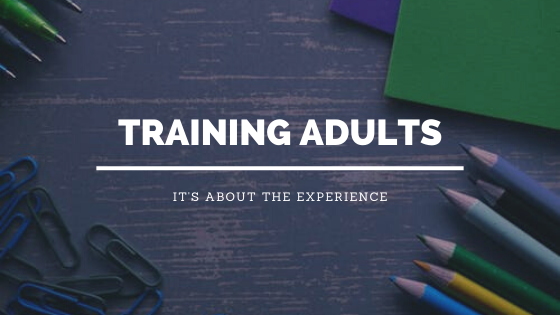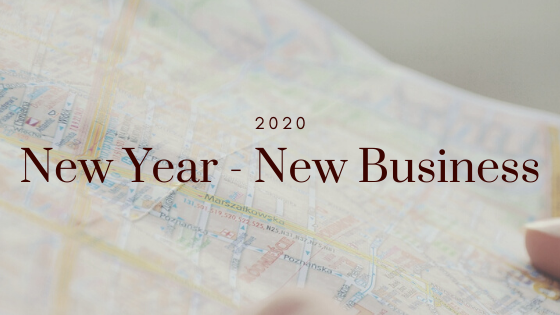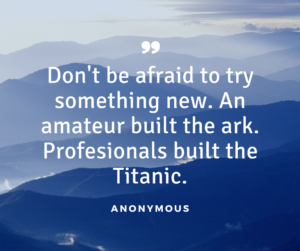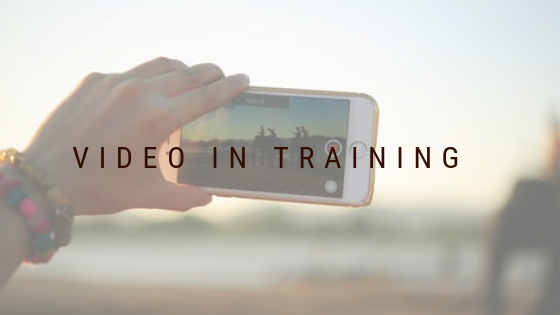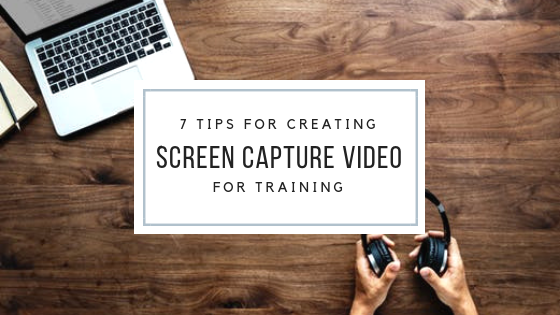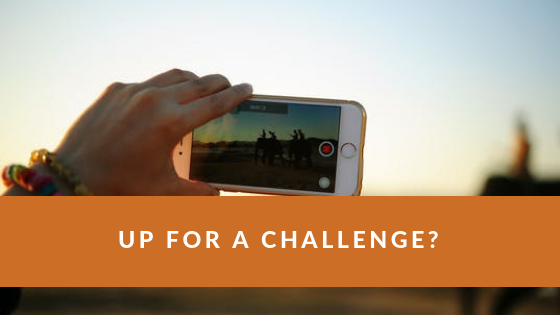I love getting surveys in my email about my last Starbucks or Panera visit. Hey, at least they cared enough to solicit my opinion! I almost always fill out the survey. Why? I had a string of less than stellar experiences at a particular branch of a “fast casual” restaurant chain and I let them know it after each visit. I got a response, too. In addition to the expression of gratitude for taking the time to let management know about my experience, they sent me a $25 gift card to encourage me to come back. I could only hope they took my suggestions seriously.
What do these surveys usually ask you about? If you visited a restaurant or coffee shop, you’ll be asked about the quality of the food or beverage you purchased. But look at the questions again. They want to know about your experience, too. How clean was the environment? Was the staff friendly or make an effort to get to know you? How would you rate your overall experience? Surveys like these are a way for the business to determine how successful it is at achieving a good customer experience; one that will keep people coming back for more. It’s not enough to provide good customer service – anyone can do that. The public wants a good experience.
How does this relate to training? Several years ago, I bristled at designating students as “customers.” They should want to be there to learn! Yes, and – they deserve an environment that’s conducive to learning. It’s not enough to put people in a room and tell them something (i.e. a “data dump”). What was a common teaching method twenty or thirty years ago assumes that people will put up with anything to get the content. With the proliferation of ways to get information today (books, websites, YouTube, Wikipedia, etc.), there needs to be a compelling reason for someone to attend your training session besides the topic or the promise of continuing education credit. They are looking for a specific kind of experience in your classroom or webinar that will assist their learning.
In my opinion, the best trainers are those who can teach, entertain, and motivate people. The trainer needs to know the subject matter inside and out. Beyond that, the trainer also needs to be able to use techniques that foster learning and an environment conducive to learning. Let’s explore these three aspects of training:
- Teach: Teaching is more than imparting information to an audience of people you expect to be sponges. Most of us who teach for a living understand that we need to use different ways to get our message across. We might use a presentation to support a lecture. Other times a demonstration might be in order. We also employ discussion, small group exercises, facilitation, role play and a host of other techniques to help us teach the content to a group. As instructors, we need to determine which ways to present the material we are charged with teaching to students. It’s part of our job to figure out what might work best and use appropriate techniques for the situation.
 Entertain: Students need to like you before they’ll listen to you and do what you tell them to do. If you’re a likable person and everyone automatically absorbs your lessons, congratulations! Most of us have to work at presenting information in such a way that our students accept the tough lessons we’re trying to impart. When I say “entertain,” I don’t mean perform a song and dance routine. You might use humor to get them to laugh and relax. You might tell stories to elucidate a point. One thing becomes clear, though: The more you can use humor and stories in teaching, the more likely it is that the lesson will “stick.”
Entertain: Students need to like you before they’ll listen to you and do what you tell them to do. If you’re a likable person and everyone automatically absorbs your lessons, congratulations! Most of us have to work at presenting information in such a way that our students accept the tough lessons we’re trying to impart. When I say “entertain,” I don’t mean perform a song and dance routine. You might use humor to get them to laugh and relax. You might tell stories to elucidate a point. One thing becomes clear, though: The more you can use humor and stories in teaching, the more likely it is that the lesson will “stick.”- Motivate: Much of the time, we are looking for people to make changes as a result of our training. It may be something simple as using a different process or procedure. Learners might need to follow a new law or regulation. In my case, I am trying to get people to change their behaviors in their real estate businesses. I want real estate agents to have more conversations with potential buyers and sellers. I want them to be strong presenters and negotiators. I want them to use a technology tool to enhance their businesses. They need to understand laws and regulations and be able to follow them in their daily activity. I can teach them the dialogues and techniques, but if I can’t motivate them to use the dialogues and techniques, students have wasted their time in class. I have to know the “why” for anything I teach. Why is this important? Why does someone need to know this? I constantly ask myself these questions (and more) as I’m training. I often use stories to illustrate my points and motivate students to take action. I gauge acceptance of my words by the expressions I see on students’ faces and adjust accordingly. I know I need to motivate people to make changes they might otherwise not.
Many adult learners would rather do something else than sit in a classroom. My job as their trainer is to make sure that what I teach will be received enthusiastically or at least warmly. I want to motivate them to put their learning into action. I can give them good service or I can give them an experience they’ll remember. I opt for the experience.

